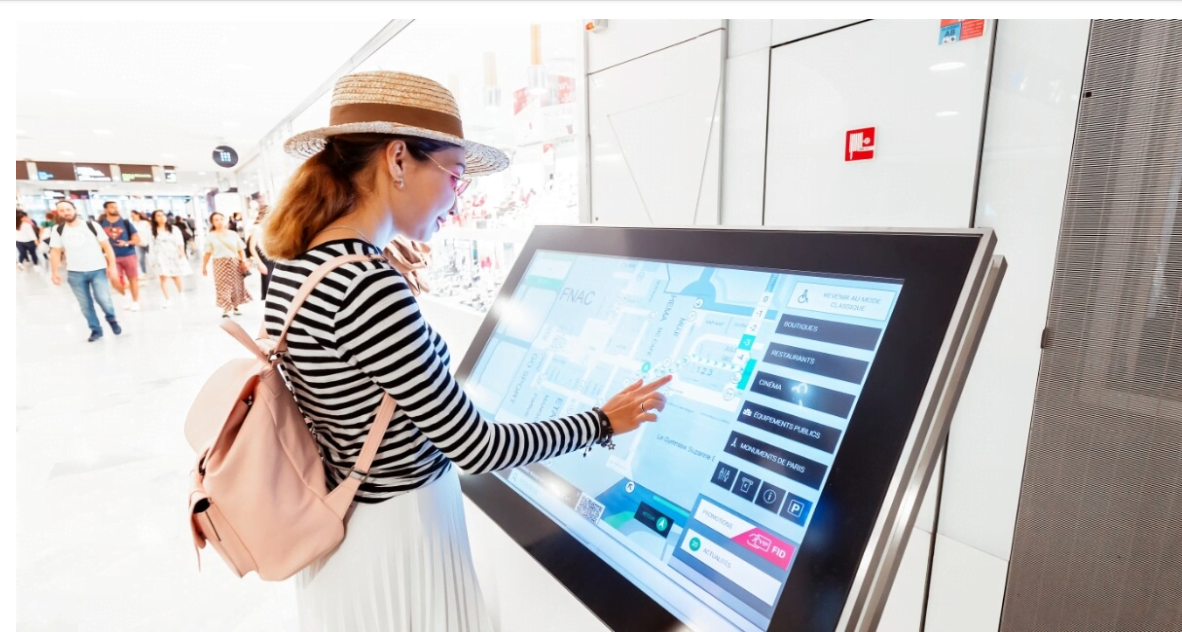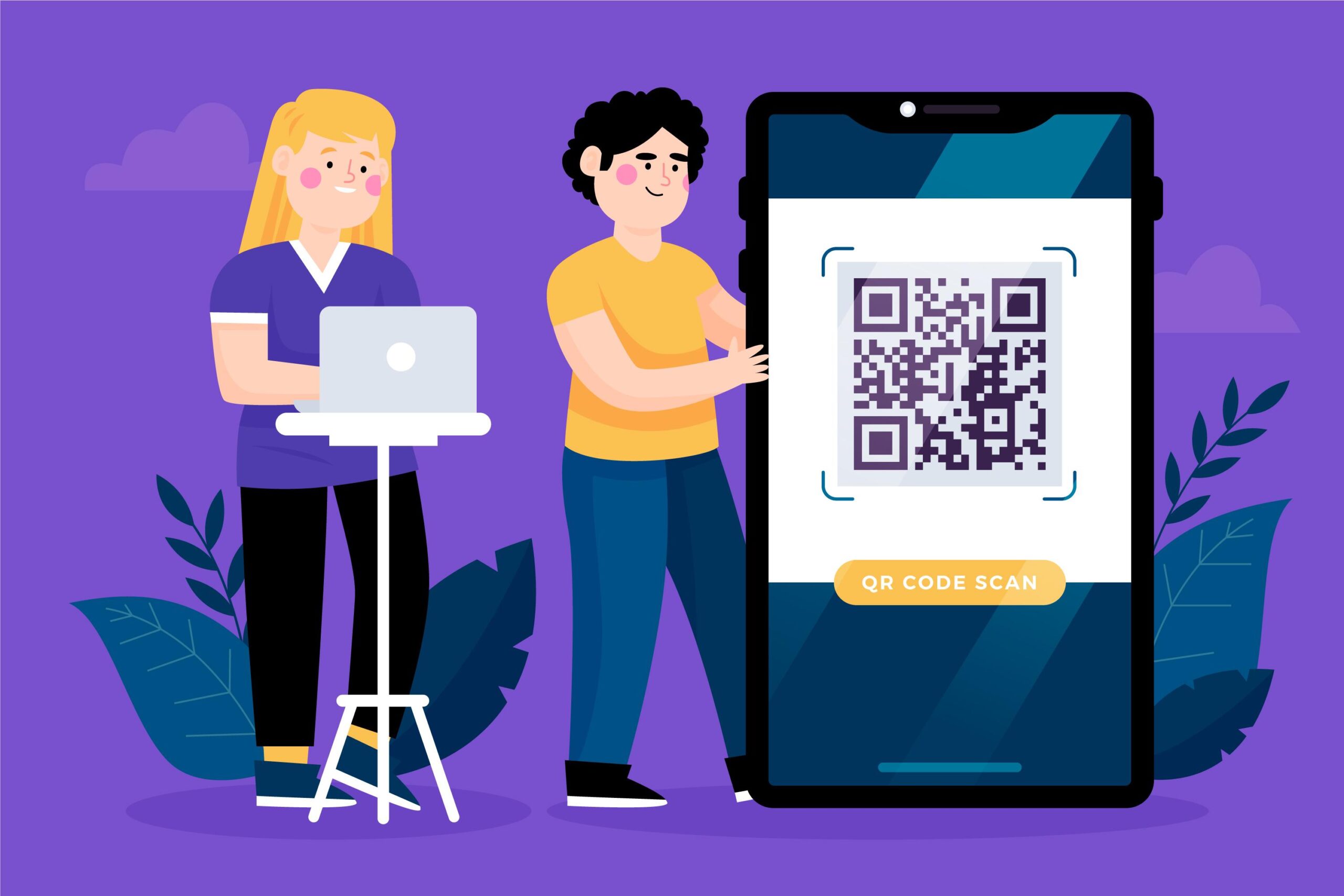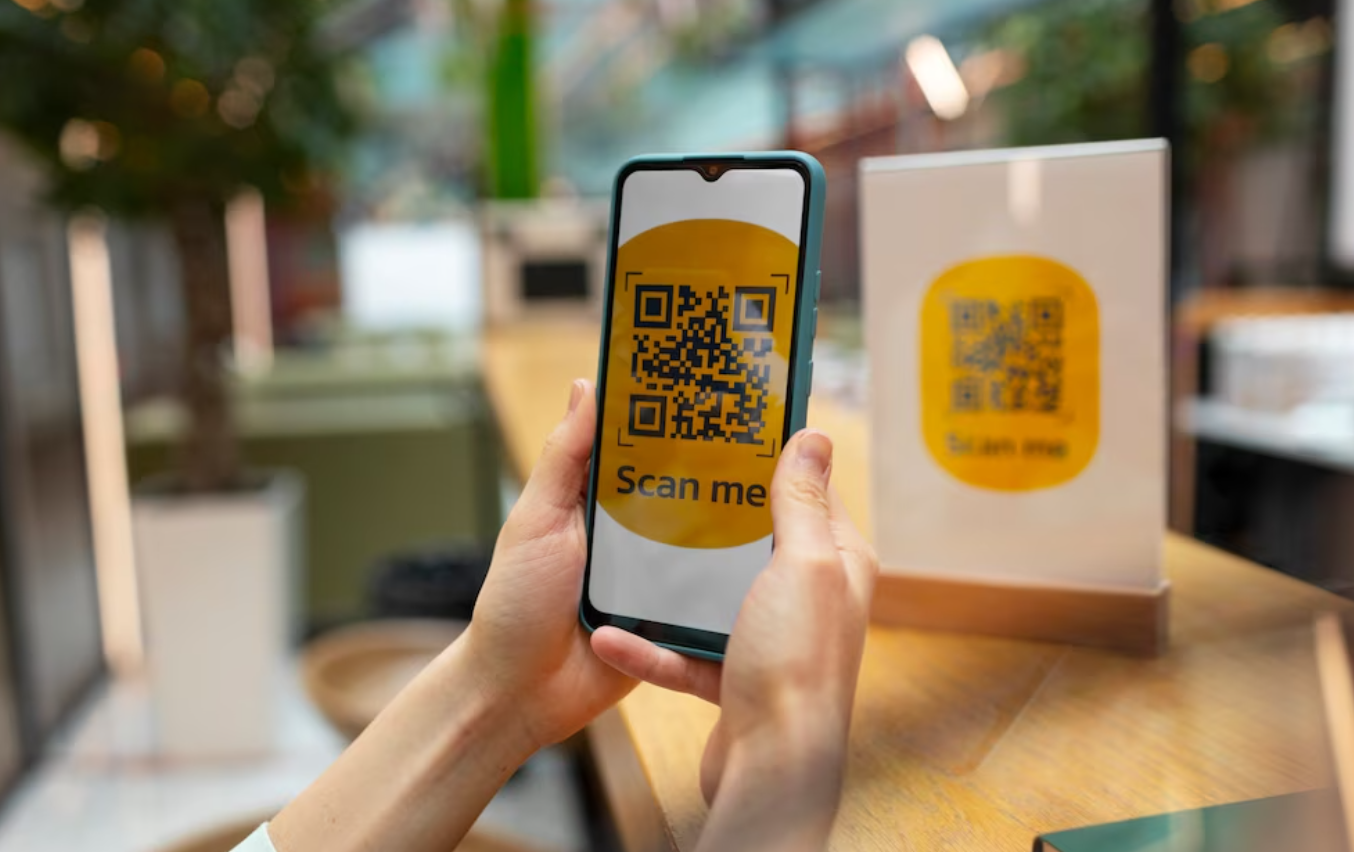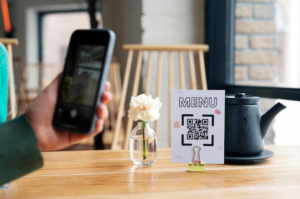Digital signage has become an integral part of many marketing strategies, providing businesses with an effective way to communicate and engage with their audience. One powerful tool that can enhance the impact of digital signage is the use of QR codes. In this article, we will explore the benefits of using QR codes for digital signage and provide valuable tips and tricks to maximize their effectiveness.
Introduction
In today’s fast-paced world, where people are constantly connected to their mobile devices, leveraging QR codes in digital signage can bridge the gap between offline and online experiences. QR codes are two-dimensional barcodes that smartphones can scan, allowing users to access information, promotions, or interactive content. By incorporating QR codes into your digital signage strategy, you can unlock a world of possibilities for engagement and interaction with your target audience.
What are QR codes?
QR codes, short for Quick Response codes, were first introduced in Japan in the mid-1990s. They consist of black squares arranged on a white background and can encode various types of data, such as text, URLs, or contact information. When scanned using a smartphone or a dedicated QR code reader, the encoded data is instantly decoded and displayed on the user’s device.
The Benefits of Using QR Codes for Digital Signage
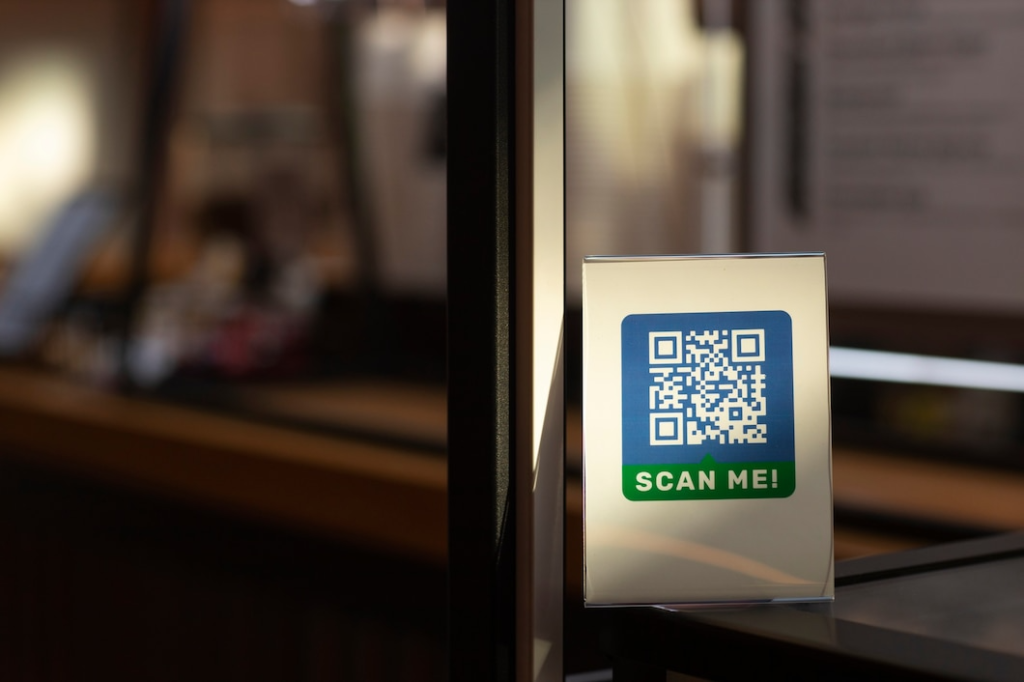
1. Increased Engagement
QR codes offer an interactive element to digital signage, enticing viewers to take action and engage with your brand. By scanning a QR code, users can access additional information, watch videos, participate in contests, or even make a purchase directly from their mobile devices. This increased engagement can lead to a deeper connection with your audience and improved conversion rates.
2. Enhanced User Experience
With QR codes, you can provide a seamless and personalized user experience. For example, a restaurant can display a QR code on their digital menu board, allowing customers to view detailed descriptions and nutritional information about each dish. This empowers customers to make informed decisions, enhancing their overall dining experience.
3. Easy Integration with Mobile Devices
QR codes are designed to be scanned using smartphones, a device that nearly everyone carries with them. This seamless integration eliminates the need for additional hardware or software and makes it easy for users to interact with your digital signage. By leveraging the ubiquity of smartphones, you can reach a wider audience and increase the chances of conversion.
4. Tracking and Analytics
One of the significant advantages of QR codes is the ability to track and analyze user engagement. By using analytics tools, you can gather valuable insights into how many people scanned the code, which content they accessed, and their geographic location. This data allows you to measure the effectiveness of your digital signage campaigns and make data-driven decisions for future optimizations.
5. Cost-Effectiveness
Compared to traditional advertising methods, incorporating QR codes into your digital signage strategy can be cost-effective. QR codes can be generated for free using various online tools, and the cost of printing QR codes on signage is relatively low. Additionally, the ability to update the content behind a QR code without changing the physical signage further reduces costs and increases flexibility.
Best Practices for Implementing QR Codes in Digital Signage

To ensure the successful implementation of QR codes in your digital signage campaigns, consider the following best practices:
1. Choosing the Right Placement
The placement of your QR codes is crucial for optimal performance. Make sure they are positioned in a visible and accessible location, allowing users to scan them without any hindrance. Avoid placing QR codes too high or in areas with poor lighting, as this may discourage users from engaging with them.
2. Optimizing QR Code Design
Design plays a significant role in attracting users to scan a QR code. Make sure your QR codes are visually appealing and aligned with your brand identity. Consider incorporating your logo or adding colors to make them stand out. However, be cautious not to compromise the scannability of the code. Test the QR code design on various devices to ensure its functionality.
3. Providing Clear Instructions
Many users may be unfamiliar with QR codes or unsure about how to scan them. To overcome this barrier, provide clear instructions on how to scan the QR code and what benefits users can expect. Use concise and straightforward language to guide users through the scanning process and highlight the value they will gain from their interaction.
4. Testing and Monitoring
Before launching your QR code campaign, it’s essential to thoroughly test the codes on different devices and scanning apps to ensure compatibility. Monitor the performance of your QR codes regularly, analyzing the data provided by analytics tools. This will enable you to identify any issues, optimize your campaigns, and refine your digital signage strategy.
How to Create QR Codes for Digital Signage
Creating QR codes for your digital signage is a straightforward process. Follow these steps to generate QR codes for your specific needs:
1. Selecting a QR Code Generator
There are numerous online QR code generators available that offer various customization options. Choose a reputable generator that provides the features you require, such as tracking capabilities or the ability to create dynamic QR codes. Some popular options include QRStuff, QR Code Monkey, and QR Code Generator.
2. Customizing QR Code Design
Most QR code generators allow you to customize the appearance of your QR codes to align with your branding. You can choose colors, add logos, and adjust the size to suit your digital signage layout. However, ensure that the design modifications do not compromise the readability of the code.
3. Generating QR Codes
Once you have customized the design, enter the desired content or URL that you want the QR code to represent. After generating the code, test it on multiple devices to ensure its functionality. You can then download the QR code and integrate it into your digital signage content.
Tips for Maximizing the Effectiveness of QR Codes in Digital Signage
To optimize the impact of QR codes in your digital signage campaigns, consider implementing the following tips:
1. Using a Call-to-Action
Include a clear and compelling call-to-action alongside your QR code to prompt users to scan it. For example, use phrases like “Scan now for exclusive offers” or “Unlock additional content by scanning.” A strong call-to-action creates a sense of urgency and motivates users to take immediate action.
2. Providing Incentives
Encourage users to scan your QR code by offering incentives such as discounts, freebies, or access to exclusive content. People are more likely to engage when they perceive value in doing so. Consider creating QR code-specific promotions to reward users for their interaction and drive higher engagement rates.
3. A/B Testing Different QR Code Designs
To identify the most effective QR code design for your target audience, conduct A/B testing. Create multiple versions of the same QR code with slight design variations and track their performance. Analyze which design generates more scans and engagement, and use those insights to optimize future campaigns.
4. Regularly Updating QR Code Content
Keep your QR code content fresh and relevant by regularly updating it. If the information behind the QR code becomes outdated or the linked content is no longer available, it can lead to a poor user experience. By refreshing the content, you maintain user interest and ensure that your QR codes continue to deliver value.
QR Code Security Considerations
While QR codes offer numerous benefits, it’s important to address security concerns. Follow these practices to enhance the security of your QR codes:
1. Avoiding URL Shorteners
When using QR codes, avoid URL shorteners as they can hide the actual destination URL. Malicious actors may exploit this to redirect users to harmful websites or phishing attempts. Instead, use full-length URLs that users can review before scanning.
2. Verifying Destination URLs
Always double-check the destination URLs before generating your QR codes. Ensure they lead to trustworthy and secure websites. This verification step prevents unintended or malicious redirections that could compromise user safety.
3. Implementing Authentication Measures
If the content behind your QR codes contains sensitive or confidential information, consider implementing authentication measures. This can involve password-protecting the content or granting access only to authorized individuals. These security measures help protect your data and ensure that only intended users can access the information.
4. Educating Users about Potential Risks
Inform your users about potential risks associated with scanning QR codes from unknown sources. Raise awareness about common QR code scams and advise users to exercise caution when scanning codes that seem suspicious or unfamiliar. Educating your audience helps build trust and fosters responsible QR code usage.
FAQs
How long do QR codes last?
QR codes can last indefinitely as long as the content behind them remains accessible. However, it’s good practice to periodically review and update the content to ensure its relevance and prevent potential issues.
Can QR codes be used offline?
Yes, QR codes can be scanned offline. Once scanned, the QR code data is stored in the scanning app until the device reconnects to the internet, allowing users to access the content even without an active internet connection.
Conclusion
QR codes offer a versatile and powerful tool for enhancing the impact of digital signage. By incorporating QR codes into your marketing strategy, you can increase engagement, provide a personalized user experience, track and analyze performance, and achieve cost-effective results. Remember to follow best practices, optimize QR code design, and prioritize security to maximize the effectiveness of your QR code campaigns.

